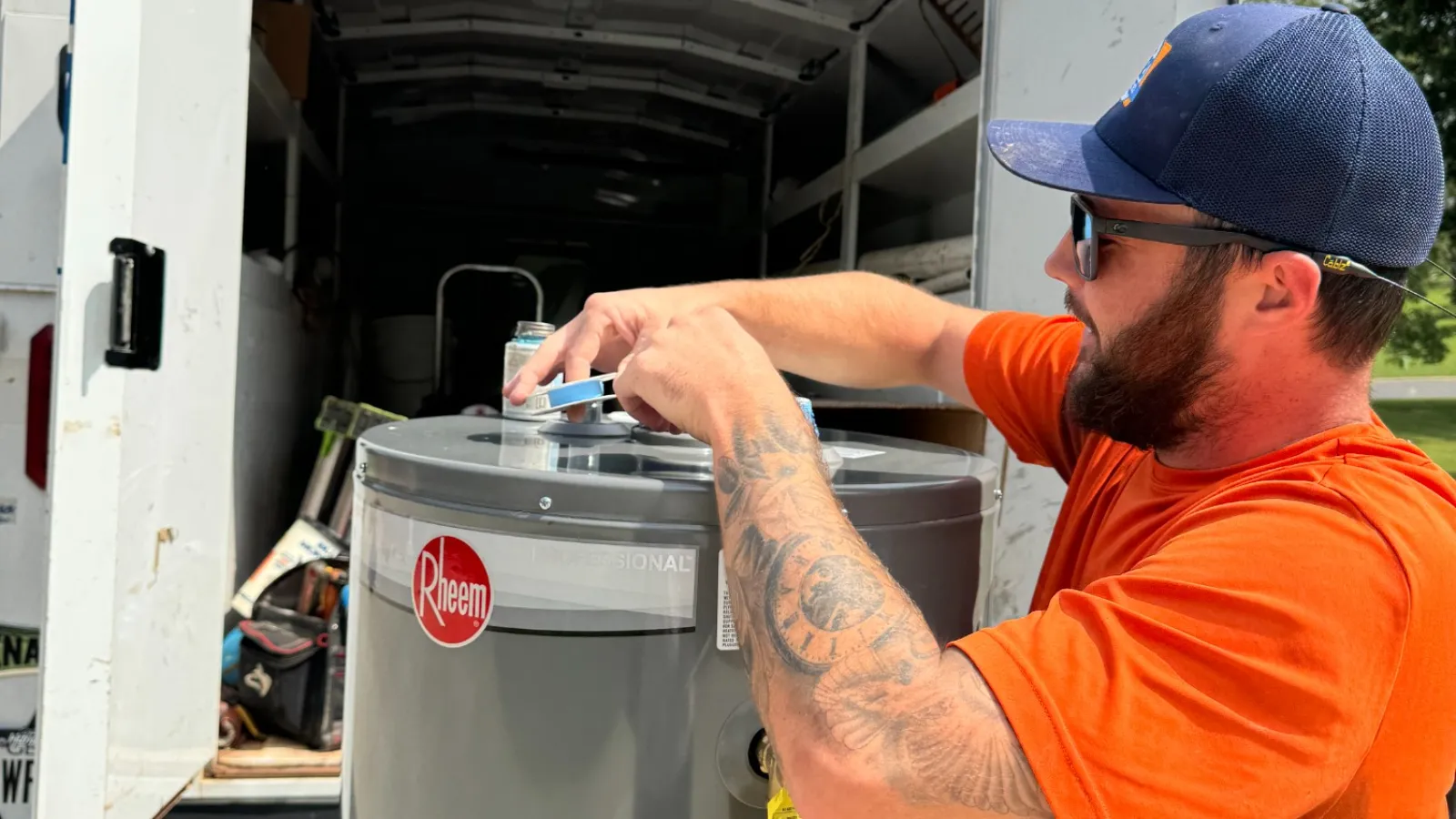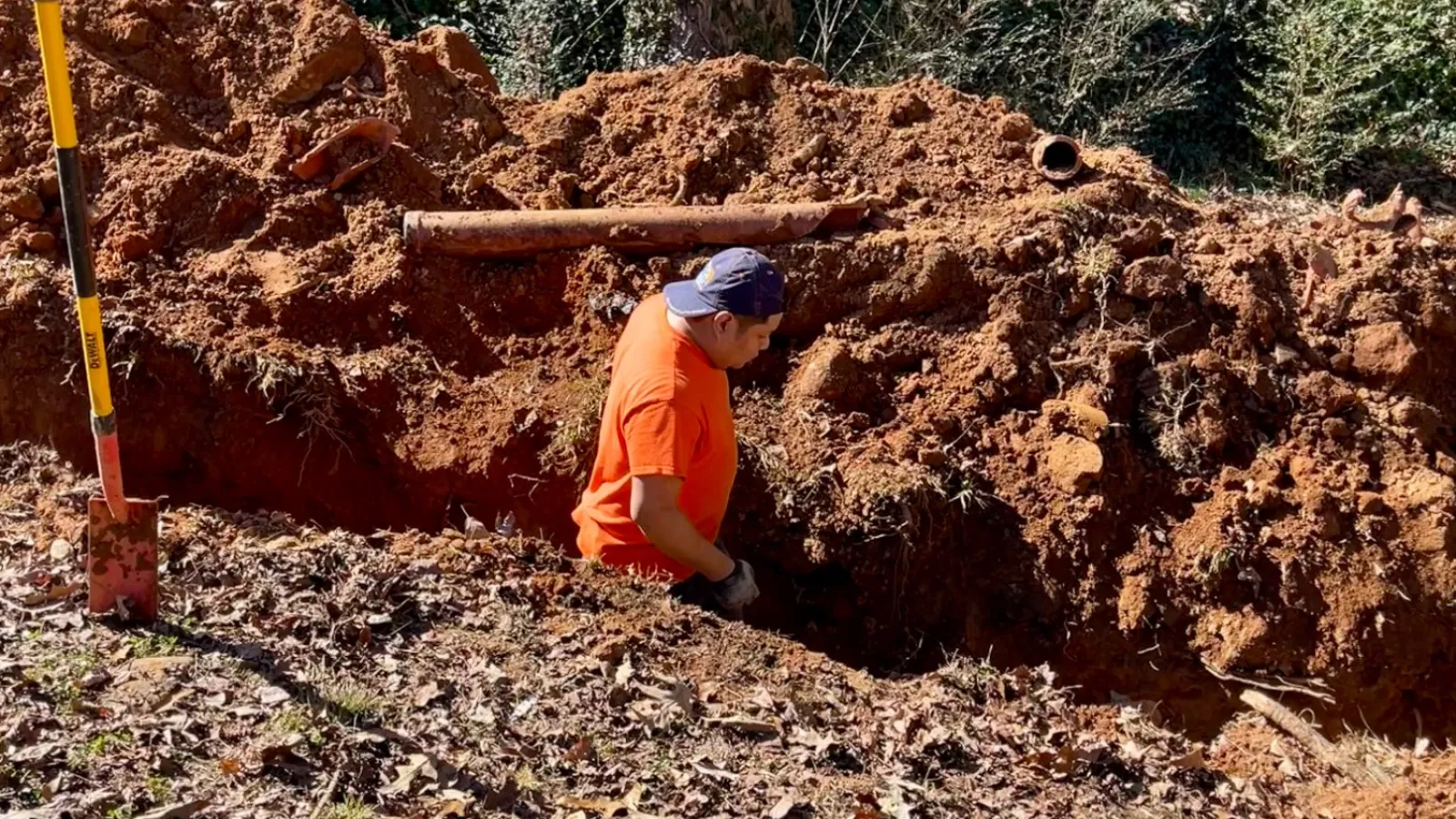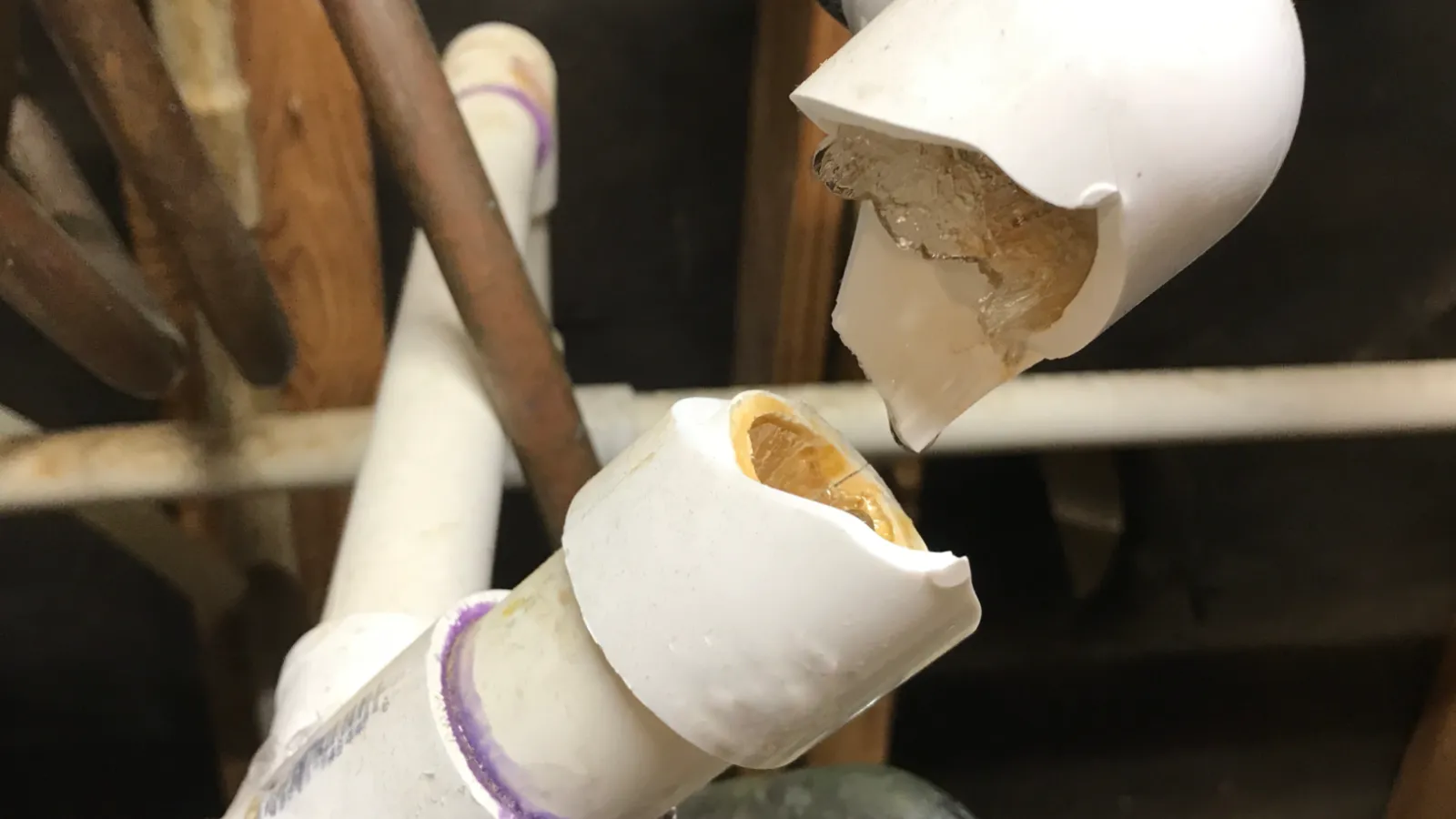If the sump pump in your Atlanta area home stops working, your home’s basement and its contents are vulnerable to flood damage. To avoid the risk of damage, sump pump repair needs to be performed as soon as a malfunction is found. If your sump pump stops working, attempt troubleshooting or call a plumber if more complex work is required to fix the problem.
Sump Pump Troubleshooting
Before you call your plumber to repair your sump pump, know that some issues are easily and quickly corrected with DIY troubleshooting. Attempt these fixes on your own before you call us for help to save yourself time and money.
Sump Pump Doesn’t Turn On
If a sump pump won’t turn on, it may not be receiving power, the float switch or impeller is jammed, there’s a defective component or the pump needs to be replaced.
- Make sure the unit has power. Check to see that it’s plugged in and that the circuit has power via the home’s main electrical panel.
- Test the outlet to ensure it’s working. Plug another device into the sump pump’s outlet receptacle to ensure it gives off voltage. If you use an extension cord to connect your sump pump to the outlet, plug the unit in directly to determine if a cord issue is the cause. Note that extension cords are not meant for long-term use – a dedicated outlet needs to be installed to power the sump pump reliably.
- Check the float switch to see if the pump turns on when you manually lift the float. Inspect the sump pit to see if an object has fallen in, which can jam the switch from engaging. Simply remove the object if that’s the case.
- Check the impeller for clogs. Unplug the sump pump and remove the screen on the bottom of the unit. Remove any debris you find inside that could block the impeller from rotating.
If these troubleshooting tips do not correct your sump pump failure , it’s possible the pump has gone bad and you need a new one, or there are components which require replacement. Call your plumber for sump pump repair or replacement.
Sump Pump Runs, but Doesn’t Remove Water
If it appears that your sump pump operates but no water is removed from the sump basin, a few issues are commonly to blame – a malfunctioning check valve, damaged impeller, clog in the discharge pipe or suction intake screen or a leaky discharge line.
- Inspect the check valve. Is the arrow on the component pointing in the correct direction? If it’s not properly installed, contact your plumber for repairs. Make sure the check valve isn’t stuck in the closed position. Open the valve manually to fix the issue.
- Turn off power and check the impeller. If blades have become worn or broken off, the impeller needs to be replaced.
- Check the discharge line for clogs. Remove any debris found to allow proper drainage.
- Inspect the discharge line to ensure the pipe and its joints are not leaking, causing water to return to the basin. Repair leaks if found.
- Disconnect power and check the intake screen located on the bottom or the unit. Remove any debris that blocks the screen.
Sump Pump Shuts Off Before Water Is Removed
If your sump pump engages but shuts down before the appropriate amount of water has been pumped out of the basin, an issue with the float switch may be to blame.
- If the sump pump shuts off before the float switch goes back down to the off position, the float switch may need an adjustment – follow the owner’s manual instructions to make adjustments.
If this doesn’t work, a new float switch may be required to fix the issue. Overheating, created by low voltage when the unit does not receive enough power, could also be the issue. Call your plumber to assess possible power supply issues and implement a dedicated power source for your sump pump.
Sump Pump Repair from Estes Services
When troubleshooting doesn’t offer a fix, don’t leave sump pump problems unsolved! Call Estes Services for fast sump pump repair performed by our licensed plumbers to ensure your home’s basement is protected. Contact us today to schedule service.




